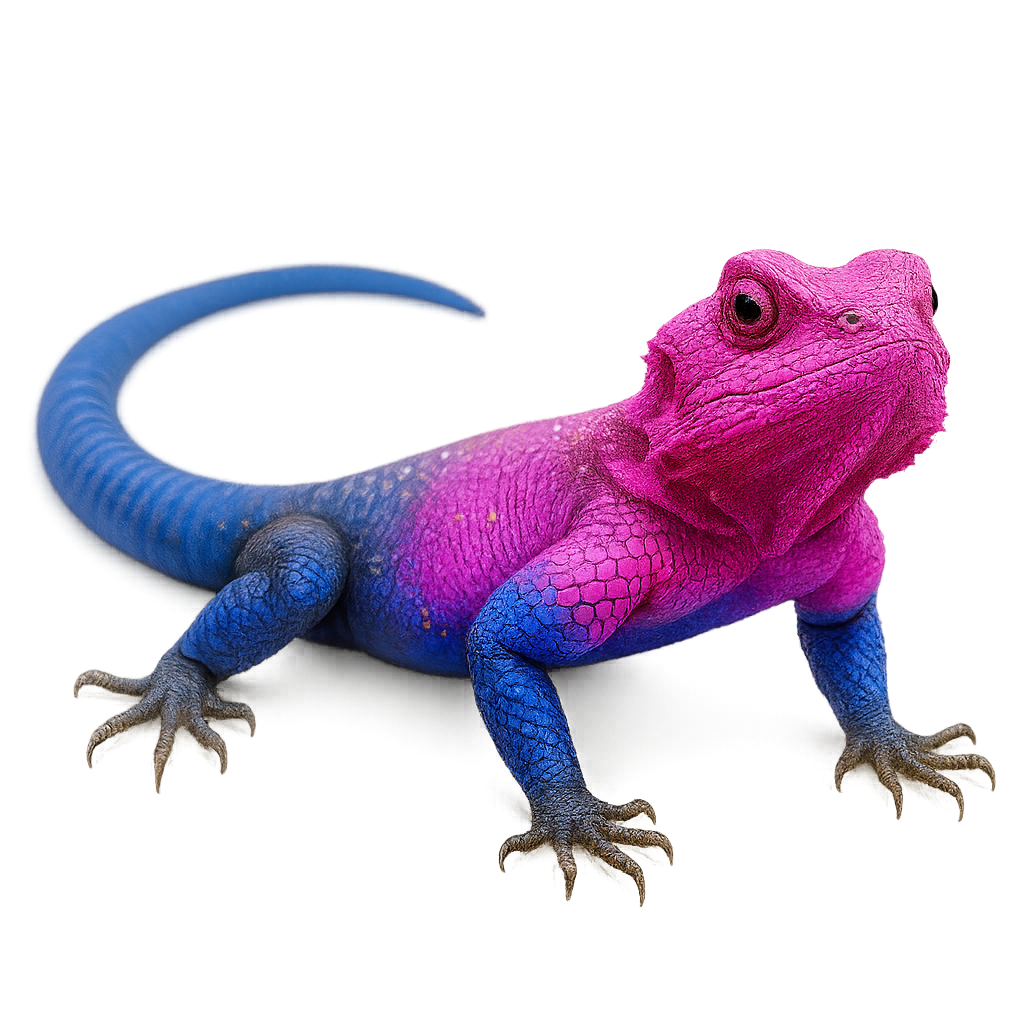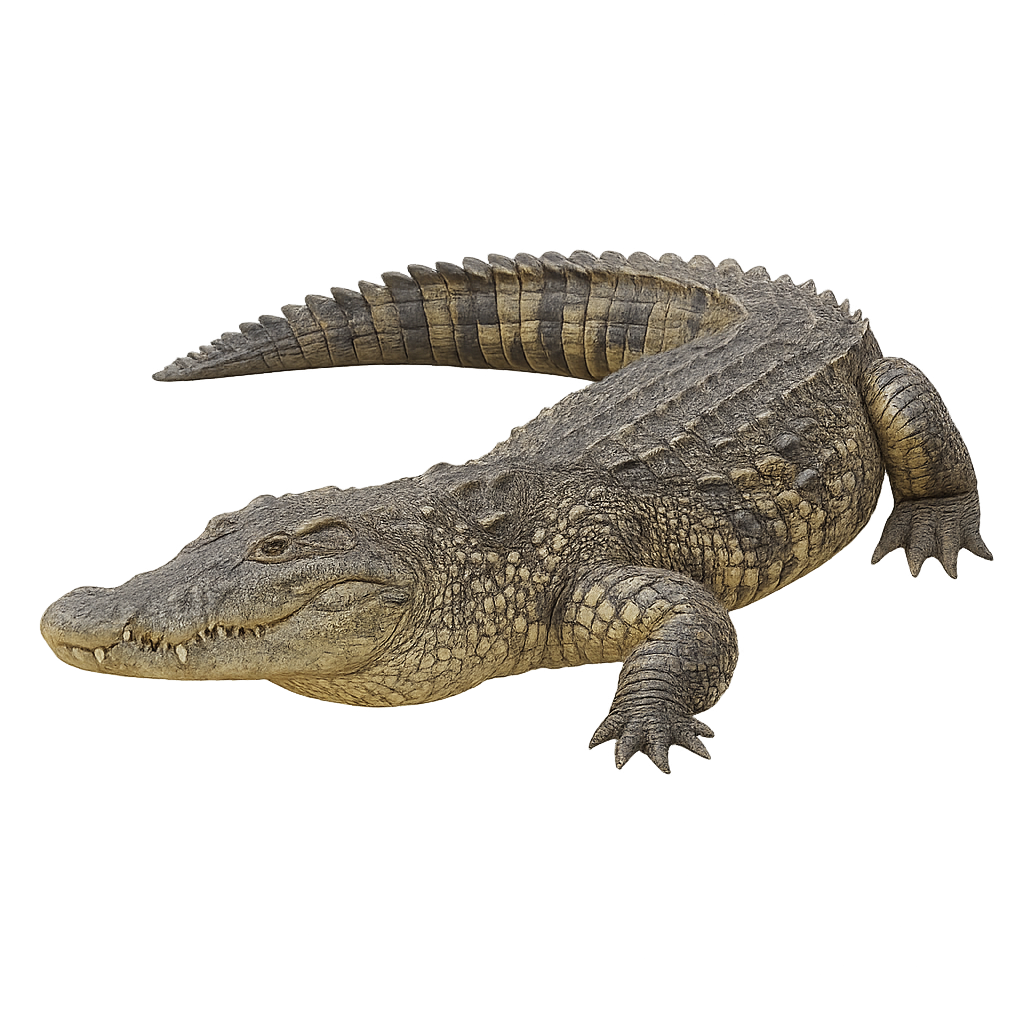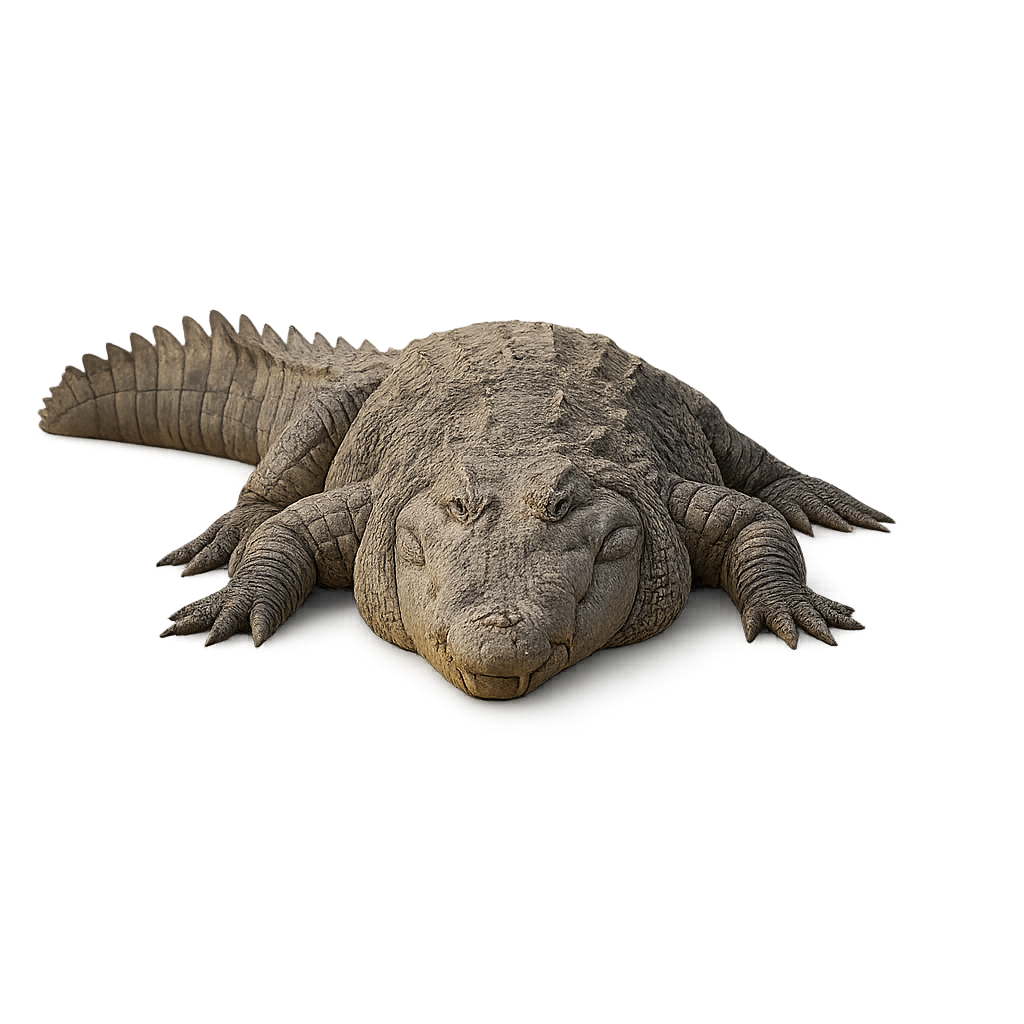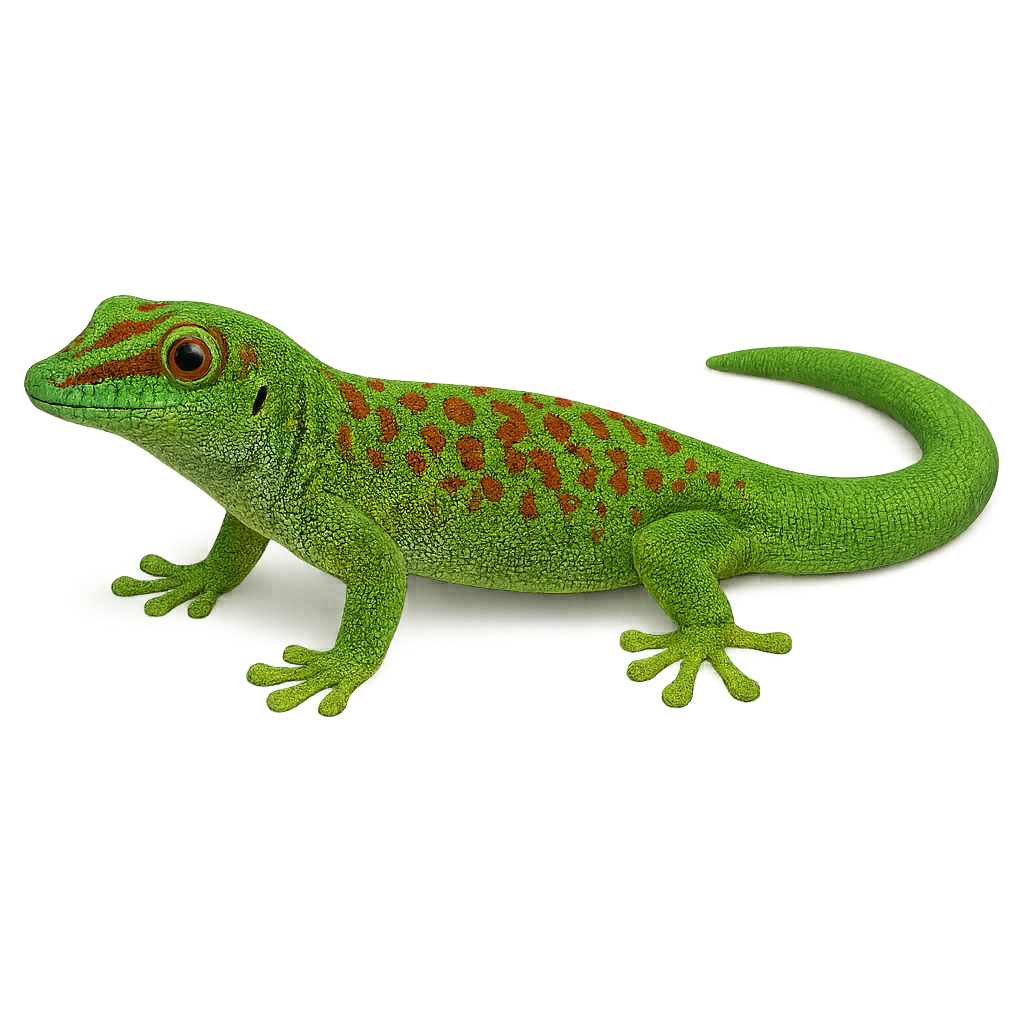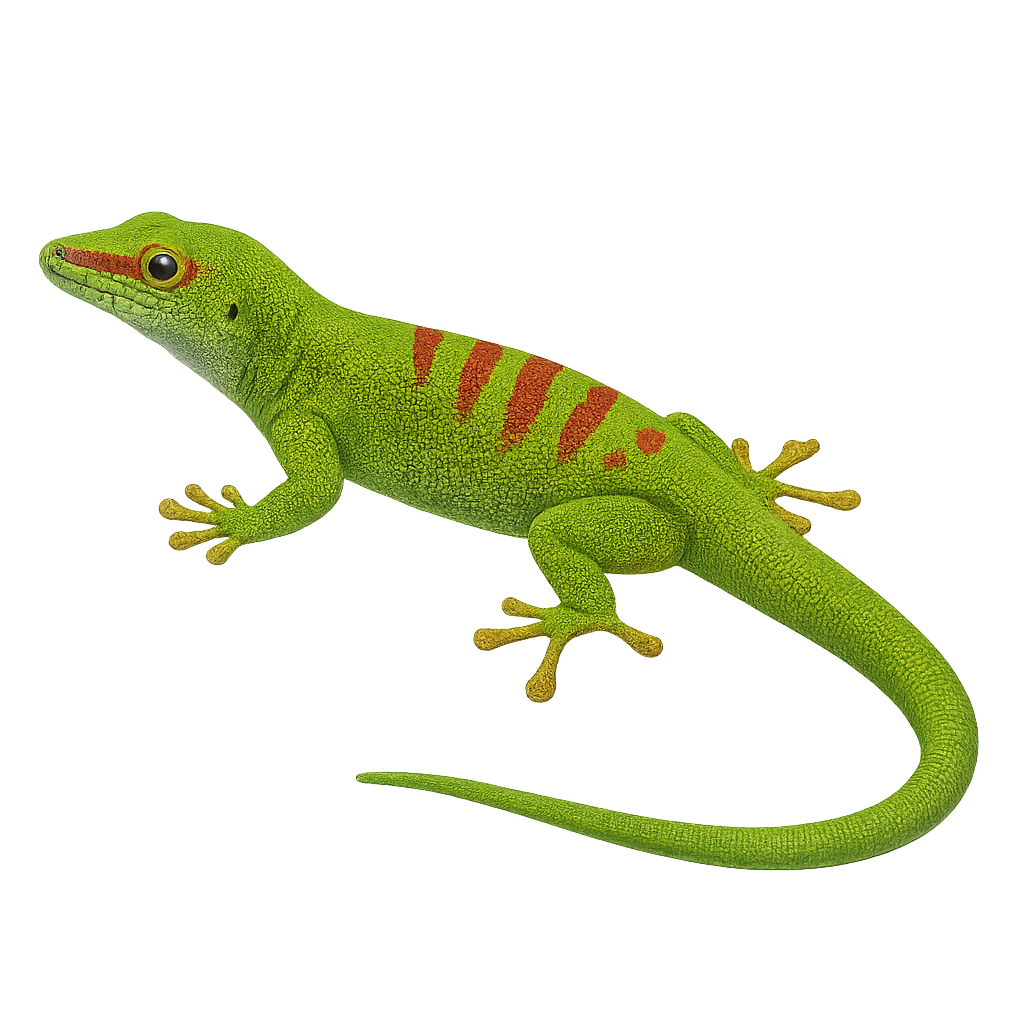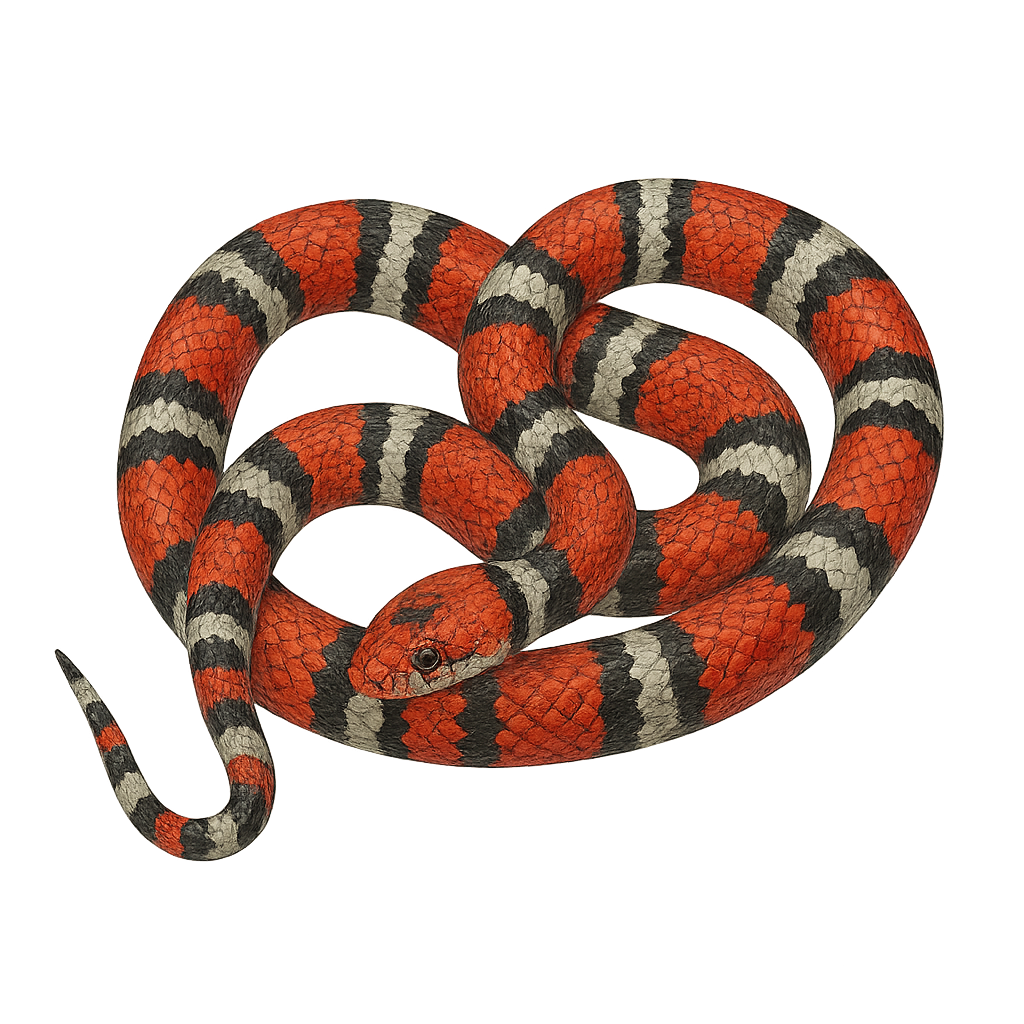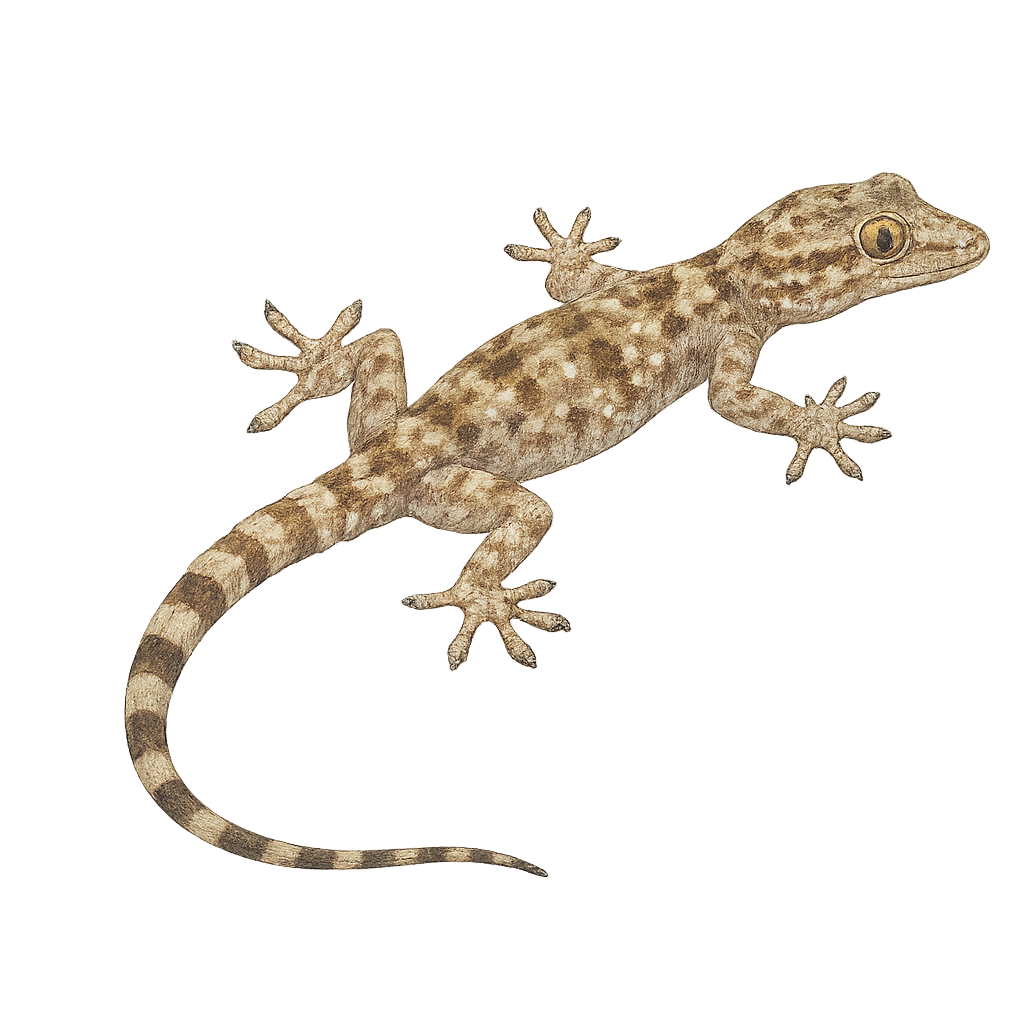Your wildlife tracking tool..
Browse 2,846species by country, track observations, and plan your photo outings.
Your global reference for wildlife photography
WildlifePhotographer gives you access to over 2,846 wildlife species sheets to help you identify, understand, and photograph wildlife around the world. Mammals, birds, reptiles… each sheet provides key information: habitat, activity, life cycle, signs of presence, and tailored photo tips.
Our database grows every week with new iconic species. To go further, access maps, reminders, logs, and personalized statistics in the app — designed to meet the real needs of wildlife photographers in the field.
Mwanza Flat-headed Agama
Agama mwanzae
The Mwanza Flat-headed Agama, Agama mwanzae, is a colorful lizard native to East Africa, particularly in Tanzania, Kenya, and Rwanda. It is famous for its striking resemblance to Spider-Man, due to its bright red head and blue body. This diurnal lizard prefers rocky habitats where it can bask in the sun. Males are territorial and can be seen strutting to attract females. Although primarily insectivorous, it can also consume fruits and flowers. Its ability to change color for camouflage or communication is fascinating. The Mwanza Flat-headed Agama is a perfect example of adaptation and diversity in African wildlife.
Morelet's crocodile
Crocodylus moreletii
The Morelet's crocodile is a large aquatic reptile in the family Crocodylidae, measuring 2–3 m in length, with a robust body, greenish-brown scaly skin and a broad head. It inhabits coastal lakes, rivers, swamps and freshwater lagoons, occasionally brackish waters, feeding mainly on fish, birds and small mammals. During nesting, the female builds a mound of vegetation debris on the shore and lays 20–45 eggs, which she guards for about 80 days.
Marsh crocodile
Crocodylus palustris
The Marsh Crocodile, also known by the scientific name Crocodylus palustris, is a medium-sized reptile that can reach about 4 to 5 meters in length. Its body is typically olive to brown, with darker patterns that allow it to effectively blend into the swamps, rivers, and lakes of its habitat. This crocodile is primarily carnivorous and feeds on fish, birds, and small mammals, but it can also hunt larger animals when they venture too close to the water. The Marsh Crocodile is known for its patience and discretion when hunting, often remaining still for hours before seizing its prey. In terms of distribution, it is found in the Indian subcontinent, particularly in India, Pakistan, Bangladesh, and Sri Lanka. Although primarily sedentary, it can move short distances in search of new habitats. This species is listed as vulnerable due to habitat loss and hunting for its skin. Major threats include the draining of swamps, water pollution, and conflicts with human communities.
Madagascar Day Gecko
Phelsuma madagascariensis
The Phelsuma madagascariensis, or Madagascar day gecko, is a colorful and fascinating lizard native to Madagascar. It is renowned for its bright colors, often green with red and blue spots, which help it blend into its natural environment. Typically measuring between 20 and 25 cm, this gecko is diurnal, meaning it is active during the day. It primarily inhabits humid tropical forests but can also be found in gardens and plantations. Although mainly insectivorous, it also feeds on nectar and fruits. Its ability to climb smooth surfaces thanks to its adhesive pads makes it an excellent climber.
Madagascar giant day gecko
Phelsuma grandis
The Phelsuma grandis, or Madagascar giant day gecko, is a fascinating lizard native to Madagascar, known for its vibrant colors and impressive size, reaching up to 30 cm in length. Its skin is typically green with red and blue spots, allowing it to blend effectively into its natural habitat. This gecko is diurnal, meaning it is active during the day. It primarily feeds on insects, fruits, and nectar. In captivity, it is appreciated for its beauty and relatively docile behavior, although it requires a carefully controlled environment to thrive.
Marine iguana
Amblyrhynchus cristatus
The Marine Iguana is a unique species found exclusively on the Galápagos Islands. This iguana is the only reptile to have adapted to aquatic life, feeding on marine algae that it collects underwater while diving. It has a distinct morphology with a robust body and a long tail, allowing it to swim efficiently. Marine iguanas are often seen basking on rocks in the sun to regulate their body temperature after their dives into cold water. This thermal hibernation behavior is essential for their survival in the Galápagos environment.
Milk snake
Lampropeltis triangulum
The Lampropeltis triangulum, commonly known as the milk snake, is a non-venomous snake from the Colubridae family. It is famous for its colorful patterns that mimic those of venomous coral snakes, a classic example of Batesian mimicry. This snake is generally medium-sized, measuring between 60 and 120 cm in length. Its coloration varies depending on the subspecies, but it often features red, black, and white or yellow bands. It inhabits a variety of environments, from forests to grasslands, and primarily feeds on small mammals, birds, and other reptiles. Nocturnal by nature, it is mostly active at night and rests during the day.
Mediterranean House Gecko
Hemidactylus turcicus
The Mediterranean House Gecko, Hemidactylus turcicus, is a small nocturnal gecko commonly found in Mediterranean regions. It typically measures between 7 and 15 cm, including the tail. Its skin is translucent and granular, often beige to light brown with darker patterns. The toes have adhesive pads, allowing it to climb vertical surfaces easily. It primarily feeds on insects and other small invertebrates. This gecko is often seen near human dwellings, taking advantage of artificial lights to hunt attracted insects. Although discreet, it is relatively tolerant of human presence.


